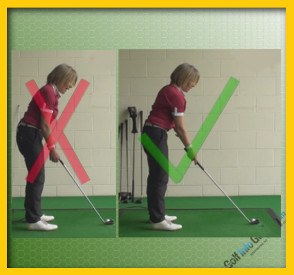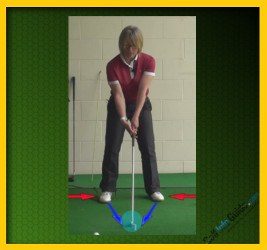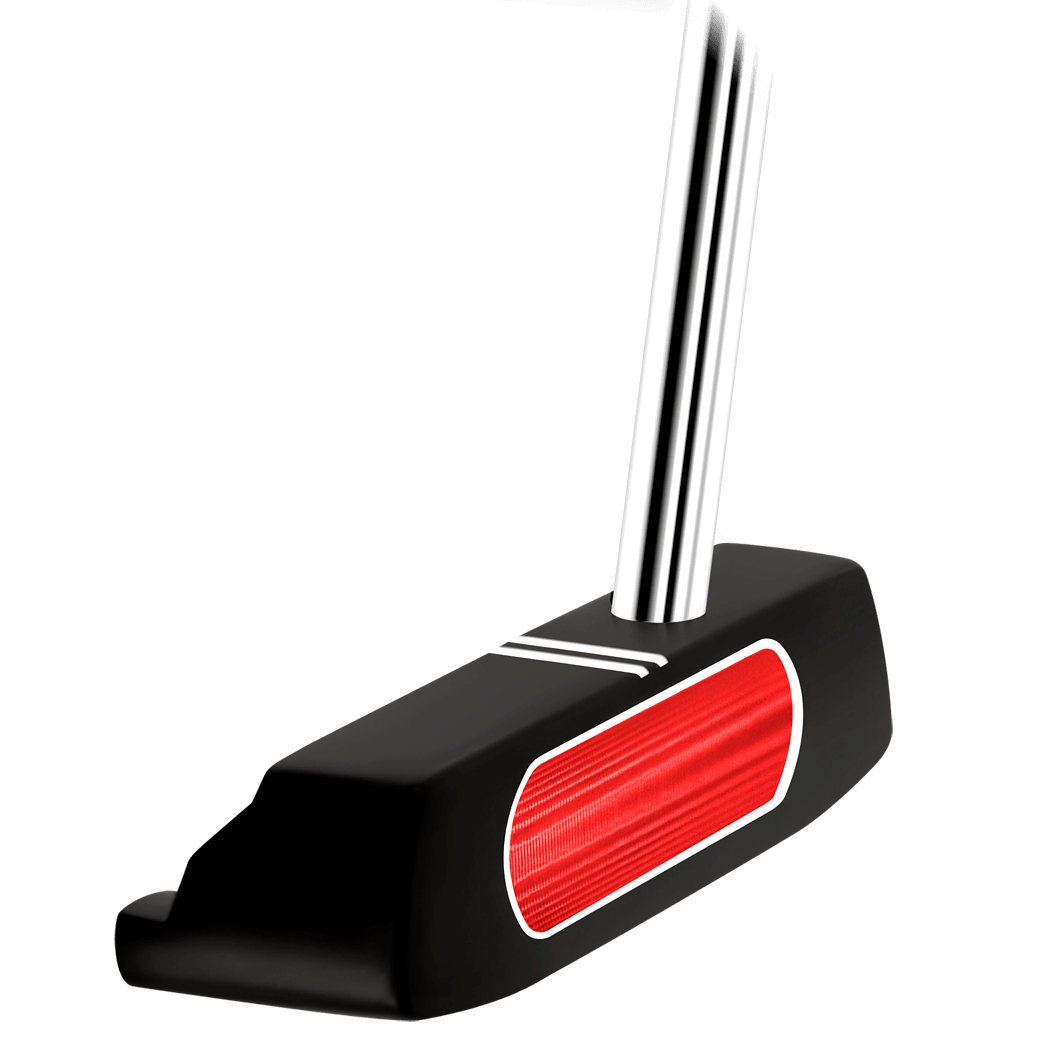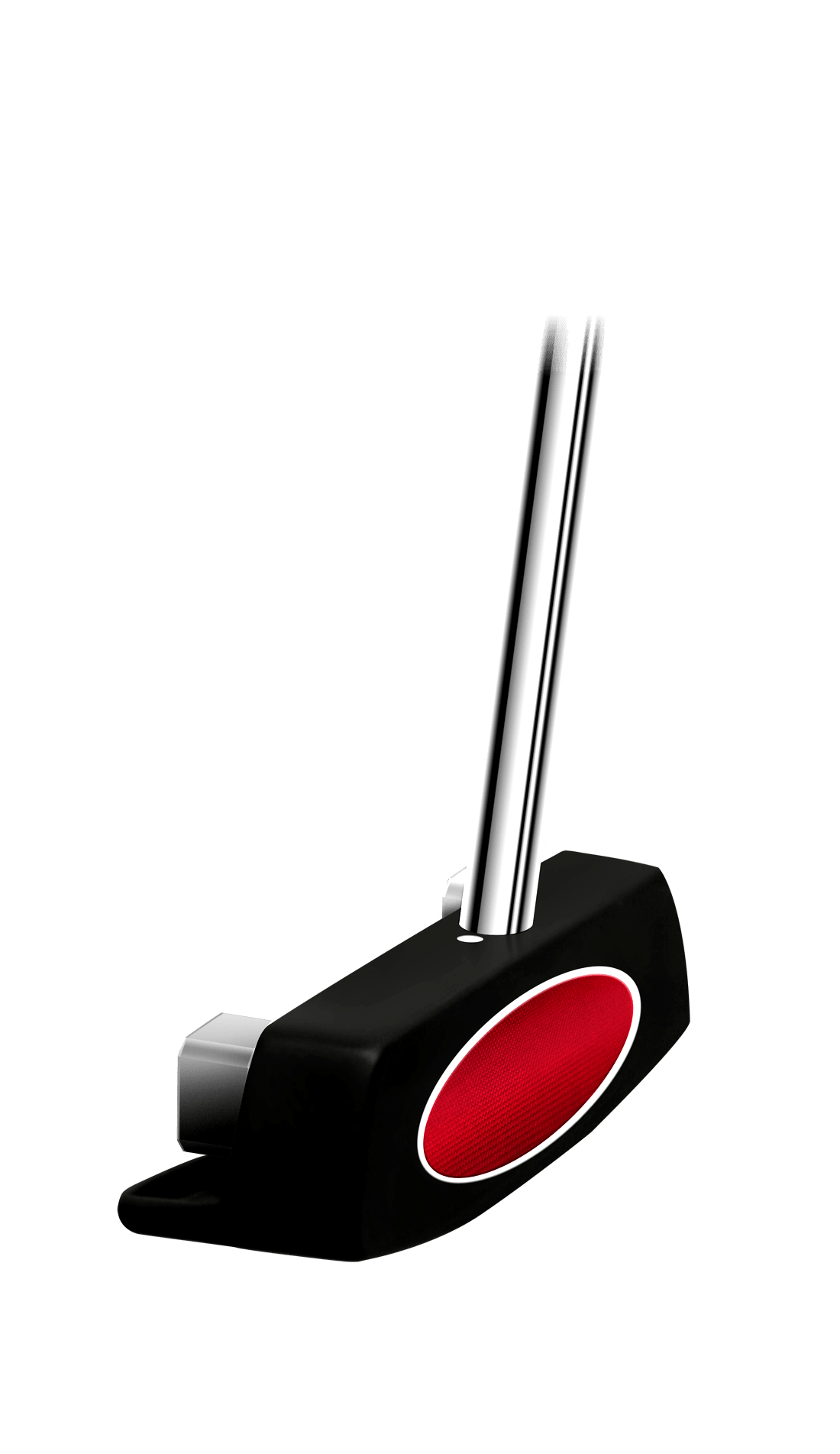
Striking the heel of the golf club causes possibly the most destructive shot in golf and can be caused by only a very small error. Hitting a shank shot, as it is otherwise known, is only half an inch away from hitting a perfect golf shot but the results can be disastrous.
There can be a number of causes for the shots that we will begin to investigate.
Firstly, you should consider how close to the golf ball you are standing in your address position. If you are too close, you will feel that there is not enough room to complete a good swing, the golf club is therefore pushed further away from the body during the down swing, presenting the heel at the ball and causing the shank.
Once you have addressed the golf ball with the correct distance away, you should try and maintain a stable balanced position from setup, all the way through to a full follow-through position. Any time during your golf swing that you feel off balance, particularly falling towards the balls or toes of your feet, could be causing your body to sway forwards, pushing your hand away from your body and again forcing the heel of the golf club to impact the ball.

Try to maintain an even balanced position at address, with the weight of your body sitting 50%-50% between the heels and toes of your feet. As you complete your backswing and follow through, you should again be standing tall and evenly balanced with the body weight 50%-50% between the toe and the heel of your front foot.
Another cause for the shank golf shots could be that your hands are moving forwards towards the ball and pushing the heel of the golf club forwards to hit the ball. You should try to feel that your hands returned back to the original position. If this is still an issue, try to actually draw your hands more towards your legs during the downswing to ensure that they are not pushing away from the body.
The most useful training aid to correct the shanks or heel struck golf ball is using impact or face tape. Try to collect some face tape from your local pro shop and use it during your next practice session to get good quality feedback about where you are striking the ball on the club face.







